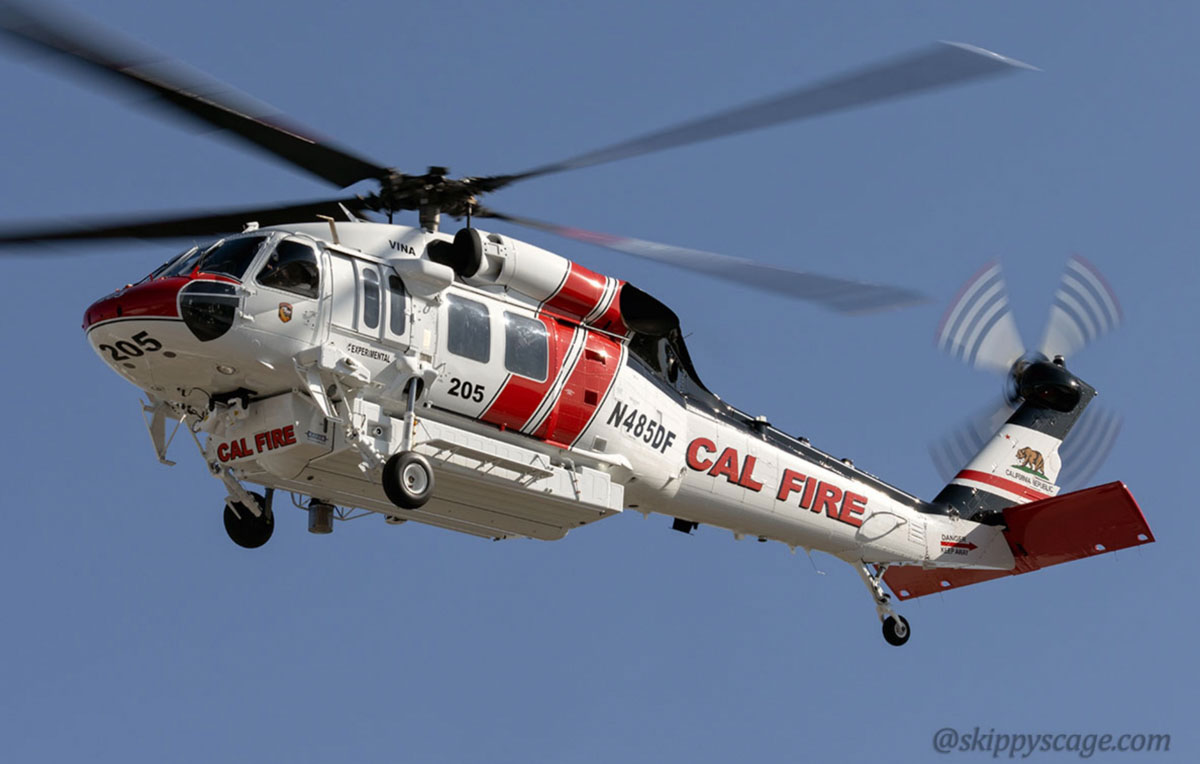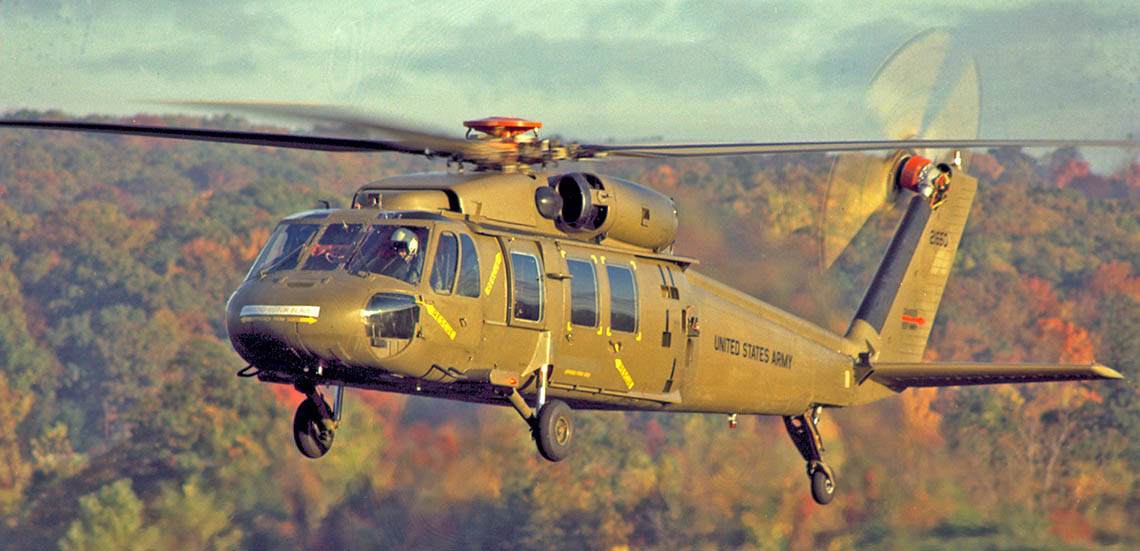How the Sikorsky S 70 Sticks Out in the Helicopter Market
How the Sikorsky S 70 Sticks Out in the Helicopter Market
Blog Article
High-Performance Multi-Role Rotorcraft Featuring Advanced Cabin Technologies and Integrated Sensing Unit Solutions
The world of rotorcraft technology has actually seen noteworthy developments in current times, especially in the world of high-performance multi-role rotorcraft geared up with sophisticated cockpit technologies and flawlessly incorporated sensing unit systems. In the complying with conversation, we will discover the development of rotorcraft innovation, dive right into the world of sophisticated cockpit technologies, and take a look at the implications of integrated sensing unit systems on the functional adaptability and effectiveness of contemporary rotorcraft.
Evolution of Rotorcraft Technology
The evolution of rotorcraft innovation has been noted by significant innovations in aerodynamics, materials, and propulsion systems, forming the capabilities and performance of contemporary rotorcraft. Additionally, improvements in propulsion systems, consisting of a lot more effective engines and ingenious propulsion modern technologies, have allowed rotorcraft to achieve higher elevations, faster speeds, and higher hauls.
These innovations have not just transformed the capabilities of rotorcraft however have actually additionally broadened their applications throughout numerous sectors, consisting of army, commercial, and emergency situation services. The continual advancement of rotorcraft innovation remains to drive advancement in the field, pushing the limits of what is feasible and shaping the future of upright trip.
Advanced Cockpit Innovations
Structure upon the foundational developments in aerodynamics, products, and propulsion systems, the world of rotorcraft modern technology currently changes emphasis towards pioneering Advanced Cabin Innovations. The integration of innovative modern technologies within the cockpit setting plays a vital function in improving the functional capabilities, safety and security, and performance of modern-day rotorcraft. sikorsky s 70. Advanced Cabin Innovations incorporate a large array of functions made to supply pilots with improved situational awareness, structured information monitoring, and instinctive control user interfaces
One of the vital advancements in cabin design is the execution of glass cabins, which replace standard analog evaluates with high-resolution display screens. These digital systems supply adjustable layouts, real-time data assimilation, and improved readability, allowing pilots to access important info at a glance. Additionally, advanced avionics systems, such as fly-by-wire controls and boosted reality display screens, are transforming exactly how pilots interact with the airplane, enabling specific control and improved decision-making capabilities.


Including sophisticated cabin advancements not just boosts pilot performance however additionally adds to overall objective efficiency and security in intricate functional environments. By leveraging advanced modern technologies within the cabin, rotorcraft manufacturers are establishing brand-new requirements for functional quality and objective success.
Integrated Sensing Unit Systems
With the evolution of rotorcraft technology, the assimilation of advanced Integrated Sensor Equipment has actually ended up being critical in improving operational performance and security. These Integrated Sensor Equipments include a large range of innovations that supply important data for different features such as navigating, surveillance, targeting, and ecological tracking. By perfectly incorporating sensing units like radars, cameras, lidar, and infrared systems into rotorcraft, drivers can take advantage of enhanced situational recognition, boosted goal capacities, and decreased pilot workload.
One key benefit of Integrated Sensor Systems is their capacity to collect real-time data and give actionable insights to pilots and mission operators. For instance, advanced radar systems can find and track targets over long ranges, enabling very early risk detection and reliable response planning. In addition, integrating electro-optical and infrared cams enables rotorcraft to carry out reconnaissance and monitoring objectives with accuracy and precision.
Essentially, the combination of cutting-edge sensing unit technologies right into rotorcraft not just enhances operational efficiency however additionally adds significantly to general mission success and team safety. As rotorcraft proceed to evolve, the duty of Integrated Sensing unit Solution will unquestionably continue to be at the center of advancement my sources in the aerospace sector.
Functional Versatility and Efficiency
Enhancing operational versatility and effectiveness in rotorcraft is a natural development from the assimilation of advanced Integrated Sensor Systems. By leveraging the information and insights supplied by these innovative sensor systems, rotorcraft can enhance their performance across numerous missions and atmospheres.
Functional adaptability incorporates the capacity of rotorcraft to adjust to various functions and situations successfully. With sophisticated cockpit innovations and incorporated sensing unit systems, rotorcraft can seamlessly shift between jobs such as search and rescue, medical discharge, visit this website monitoring, and extra. This convenience improves the rotorcraft's ability to meet diverse functional needs without calling for extensive reconfiguration.
Effectiveness in rotorcraft procedures is critical for taking full advantage of goal performance and resource use. Integrated sensor systems play a critical function in improving functional efficiency by providing real-time information on climate condition, terrain mapping, target monitoring, and a lot more. This information enables pilots to make enlightened choices quickly, enhance flight courses, save gas, and improve overall objective performance.
Effect on Modern Aeronautics Workflow

Moreover, the assimilation of advanced sensors assists in enhanced mission planning and implementation, making it possible for rotorcraft to execute a vast array of tasks with boosted precision. From search and rescue procedures to aerial firefighting and police missions, the abilities of modern rotorcraft furnished with innovative cabin innovations and integrated sensing unit systems are exceptional.
Furthermore, the effect of these improvements prolongs view it past functional performance to cost-effectiveness and sustainability. By maximizing trip routes, gas consumption, and upkeep timetables, high-performance rotorcraft outfitted with sophisticated cockpit innovations and sensing units add to lowering functional expenses and ecological impact, making them essential assets in modern aviation operations.
Final Thought
To conclude, the high-performance multi-role rotorcraft with advanced cabin technologies and integrated sensing unit systems stands for a considerable evolution in aeronautics technology. These technologies boost functional flexibility and performance, eventually influencing modern-day aeronautics operations in a favorable way. The assimilation of these innovative innovations enables boosted capabilities and performance in different mission situations, showcasing the proceeded improvement of rotorcraft modern technology in the air travel industry.
The world of rotorcraft technology has seen noteworthy innovations in recent times, especially in the realm of high-performance multi-role rotorcraft geared up with cutting-edge cabin innovations and seamlessly incorporated sensing unit systems. From improved goal versatility to enhanced operational efficiency, the merging of sophisticated cockpit technologies and incorporated sensor systems has ushered in a brand-new period of opportunities for rotorcraft applications. In the following discussion, we will check out the development of rotorcraft innovation, dive right into the realm of advanced cabin developments, and examine the implications of integrated sensor systems on the functional versatility and efficiency of modern rotorcraft.

Report this page